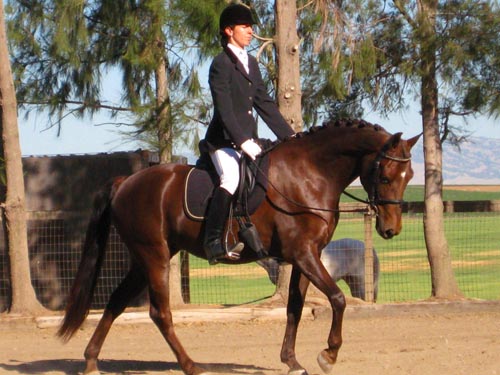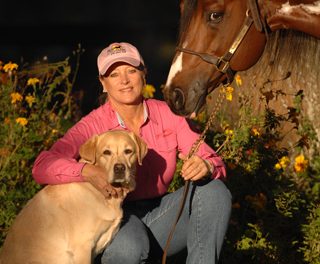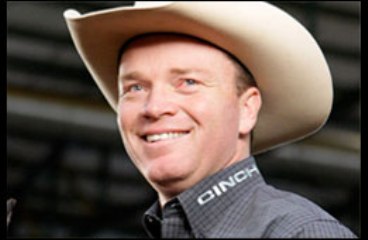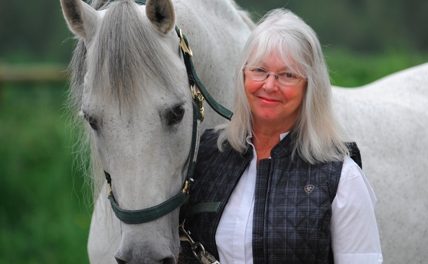This month, I want to address the critical but often aimless portion of everyone’s workout known as the warm-up.
Why do a warm-up?
The purpose of the warm-up is to bring the horse to a state of readiness, both physically and mentally, for the workout that will follow it. The warm-up also determines in large measure how much a horse will gain from the workout.
Two phases of the warm-up
The warm-up has two distinct phases: A loosening-up phase, followed by a period of vigorous activity.
1. Loosening-up phase.
When you first mount up, it is important to spend a few moments allowing your horse to walk around on a long rein, especially if he lives in confined quarters much of the day. This helps the horse’s respiration gradually increase. It also allows his muscles some time to warm and limber up and gives his joints mobility and lets their fluids begin moving and lubricating.
Another benefit of the loosening-up phase is it allows the horse to adjust mentally to the workout ahead. It gives him time to settle and relax, which will make his body more adept for the task at hand.
For some horses, this phase only needs to last three minutes or so. For older horses, it may require up to ten. But generally, two laps around the arena will suffice.
Some people mistakenly believe that the loosening-up phase is all there is to the warm-up. But this is not the case. There also needs to be an active phase, as explained below.
2. Period of vigorous activity.
Once you begin this next phase, you want to keep the horse active, since the purpose here is to increase oxygen and blood flow to the skeletal muscles. Progressively increase the intensity of the exercise, allowing the muscles to gradually increase their working temperature, which makes them more pliable. This phase of the warm-up should last from five to ten minutes.
From the loosening phase onward, maintain contact with the horse’s mouth and ask that he carry himself with good posture.
Keep any ridden figures and patterns very simple at this stage, utilizing mostly straight lines, changes of direction, and large circles. Do not do tight turns, serpentines, or the like.
When trotting use the rising trot, never a sitting trot. This helps keep the horse’s back as loose and unrestrained as possible.
When cantering, sit in a light seat, slightly inclined forward from your hips, so you do not drive your seat bones down into the horse’s back muscles before they are fully warmed up and engaged.
There is no rule about whether the trot or canter suits your warm-up best, since every horse is different. Some are more balanced in the canter and prefer it; therefore its a perfect gait to use for a warm-up. Other horses, however, move and carry themselves better in the trot, making this gait more suitable for the warm up.
About the author
At age 13, Jec A. Ballou became the youngest rider in history to win the coveted Vermont 100-Mile Competitive Trail Ride. She followed that feat up with three back-to-back national long distance championships. Since then, she continues to study every aspect of classical training and conditioning with an undying commitment. She has also studied horse behavior and communication with numerous masters.
Jec has written articles for many national horse magazines, collaborating some of her writing with such well-known trainers, Charles DeKunffy, Sylvia Loch, and Manolo Mendez. Jec’s book, “101 Dressage Exercises for Horse and Rider” was on the best-seller list for eight consecutive weeks in 2006.
Currently, Jec specializes in helping horses obtain healthy, optimal movement, regardless of their discipline. She offers lessons at Twin Oaks Farm in Felton, CA and is available for instruction at clinic locations throughout northern California.
Visit her Web site at www.jecballou.com. Also, be sure to check out her humorous blog at www.jecballou.blogspot.com.






